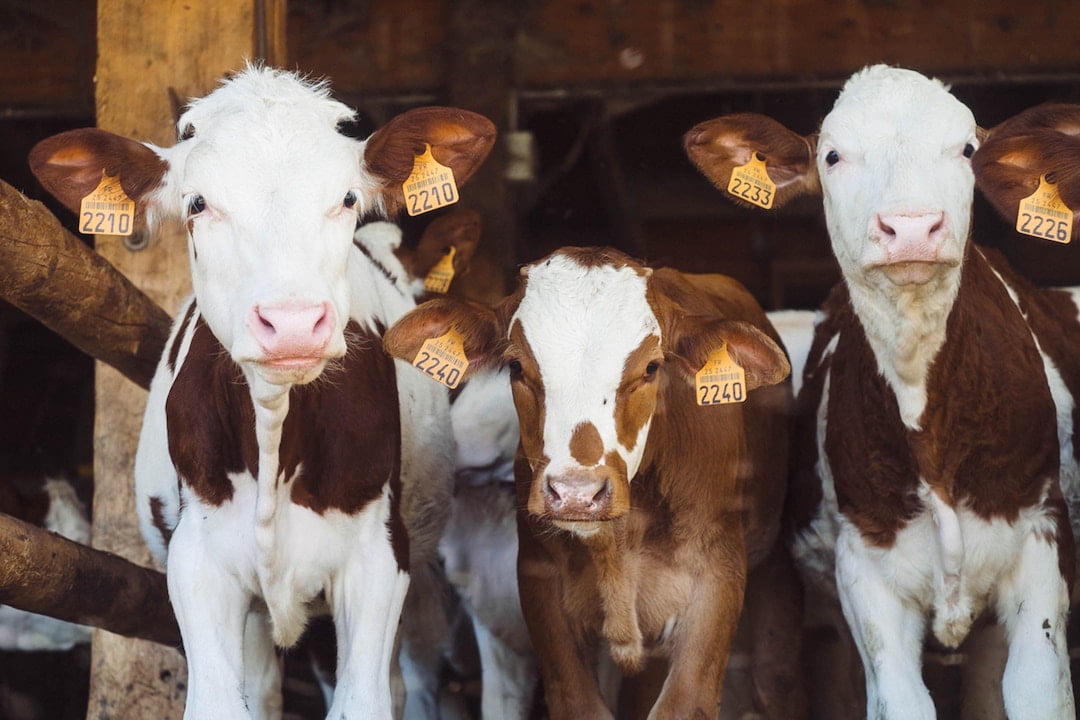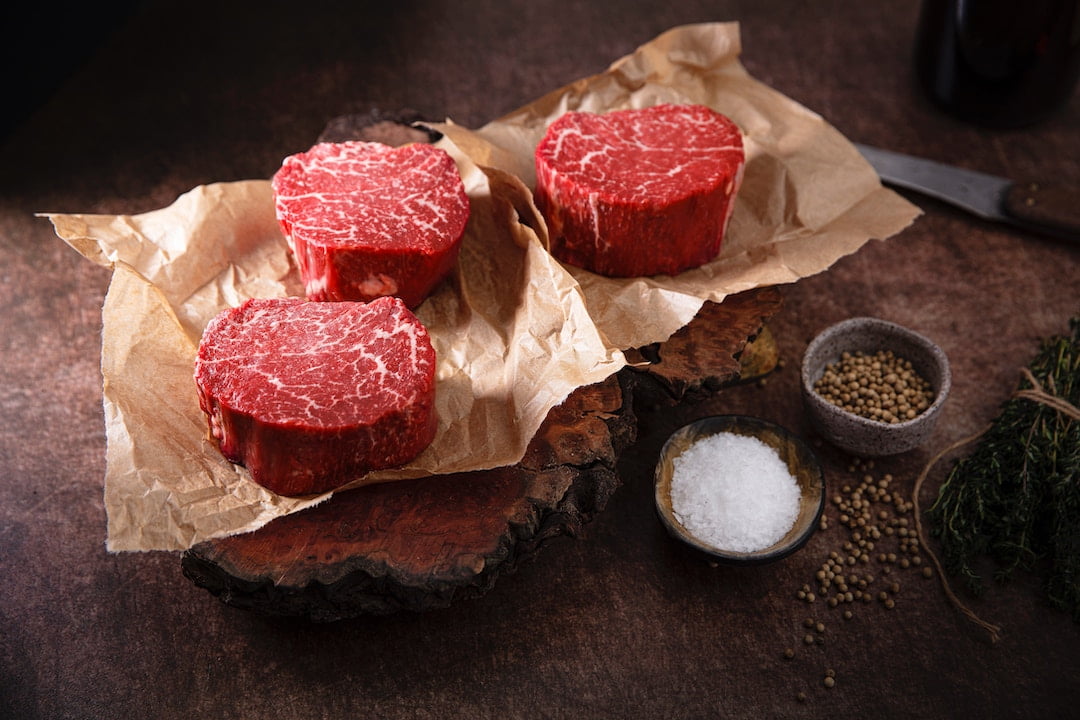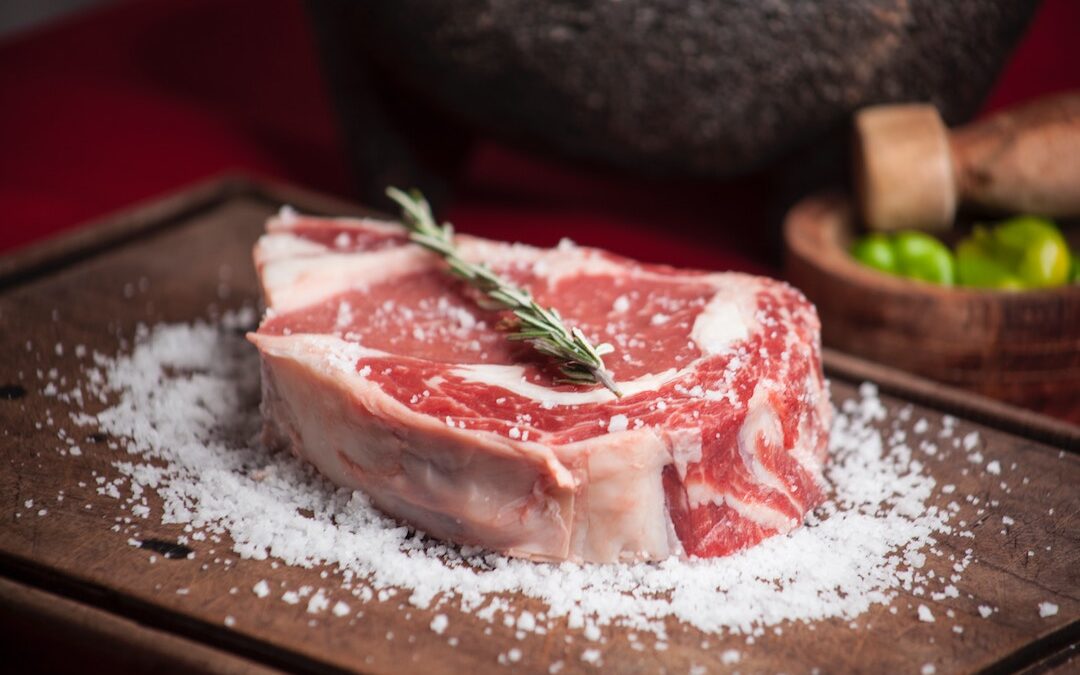China’s reopening post covid is offering global opportunities for Australia’s beef industry.
A new report by Rabobank – Q1 Global Beef Quarterly – has revealed that after three years of declining beef consumption, China is finally returning to its pre-covid levels. The report claims that Australians can expect increased exports over the coming months as China reopens its doors, however we can also expect to see volatility in this major market.

Australia’s beef industry
Australia is the world’s second-largest beef exporter, shipping approximately 60 percent of our beef around the world every year. The industry provides around $8.4 billion to the Aussie economy, and in 2020-21, accounted for 428,000 jobs.
However while beef remains a major market, cattle prices saw a drop in 2022. A decrease in international demand led to less economic value, yet Rabobank believes this has now leveled out.
“We believe current prices are more sustainable – providing more favourable returns for feedlots and processors,” says Rabobank senior animal protein analyst Angus Gidley-Baird.
Recent rainfall has provided fertile grazing ground, inspiring new hope. Additionally, the report claims that farmers and producers can expect more consistency in their pricing, as well as growing export demand. And it is largely due to China.

Angus Gidley-Baird, Rabobank senior animal protein analyst
China in a Covid world
In 2022, due to Covid lockdowns and restrictions, Chinese food and beverage sales plummeted. This included the consumption of beef, which hit significantly lower average levels. However, Rabobank believes demand is beginning to rise again.
“In the week-long Spring Festival (in late January), retail and food service sales increased 6.8 percent year on year,” says the Rabobank report
This news can be attributed to three main factors; renewed interest, retail sales, and the declining US market.

A welcome resurgence
According to the report, one major reason for this growing desire for beef is a renewed interest from Chinese consumers.
“After three years of living under Covid policies, we believe Chinese consumers are becoming more pragmatic, spending more money on the products which they believe to be practical, valuable, and worthy,” says Angus Gidley-Baird.
He suggests that Aussie beef appeals to international consumers due to its high quality. “To consumer groups, beef is perceived to bring better taste, more health benefits and different eating experiences compared with traditional meats.”
However, there are still some setbacks. People from lower socioeconomic backgrounds are ‘trading down’ to consume less expensive protein, while those in the middle and upper classes are embracing beef.
Because of this, Angus expects “a gradual increase in high-quality beef consumption, although total consumption may increase more slowly.”

Another factor in this beef resurgence is retail sales. Previously, the Chinese beef market was sustained through food service and hospitality. However, Rabobank has tracked rising sales in retail channels.
According to the report, “this trend is supported by the robust growth of new tech cookers and portable ovens. We expect beef retail sales to maintain this rapid growth.”
Finally, Australians are supported by a changing global market. While China has typically been one of the top three beef export destinations for the US, decreasing supply levels and increasing prices within the United States has left a market gap that Australia may be able to fill.
“The decline in US volumes should support increased trade from Australia as its volumes lift and prices ease, further supported by the potential increase in demand,” says the report.
Monitoring will continue over the coming months while experts develop an understanding of Australia’s beef market for 2023, but early signs are uplifting.
According to Angus, “encouraging signs of a recovery in China are positive, but we will just have to wait to see how much additional volume China takes.”
To discover more about Australia’s dairy and beef industries, click here.

